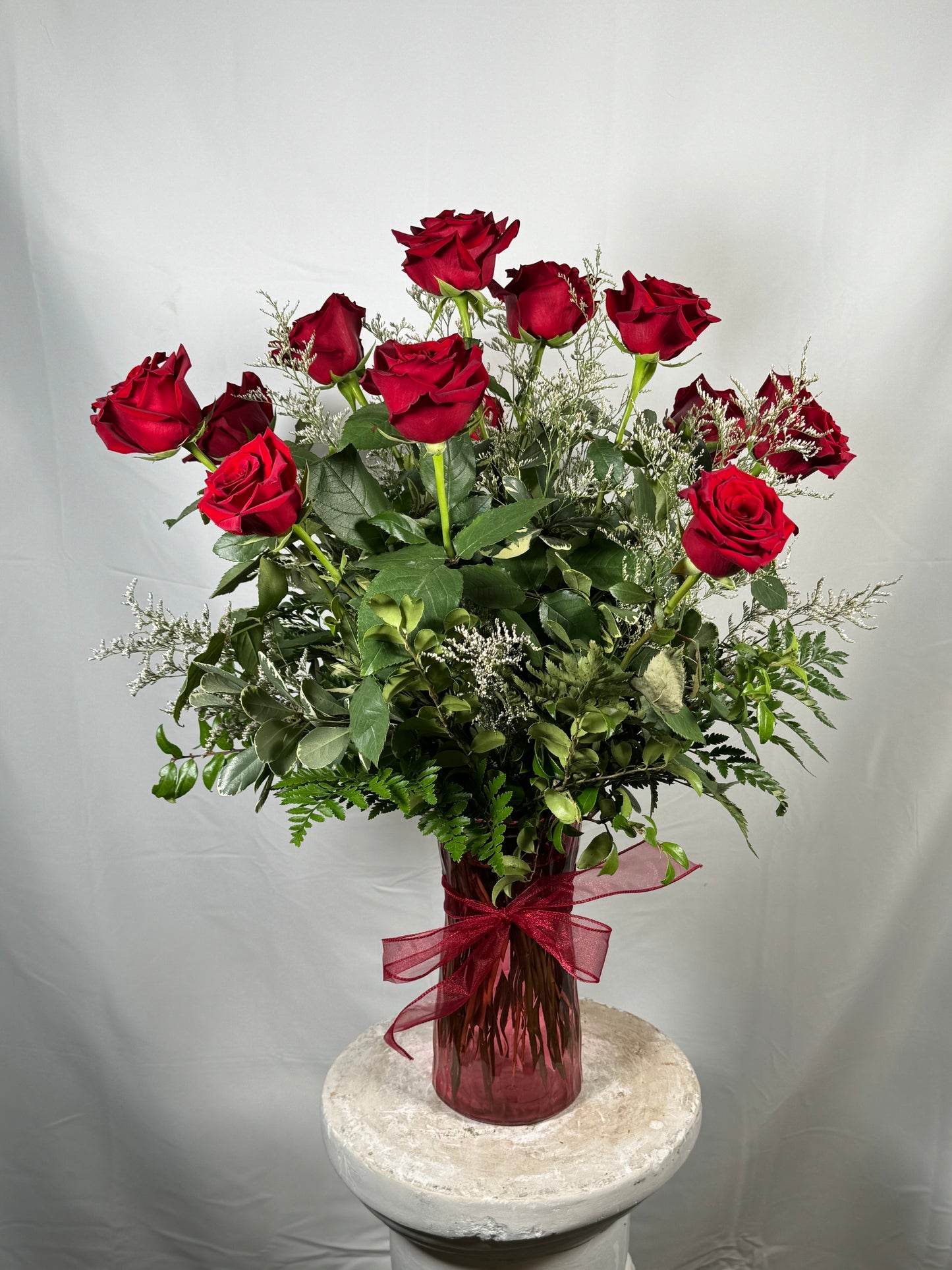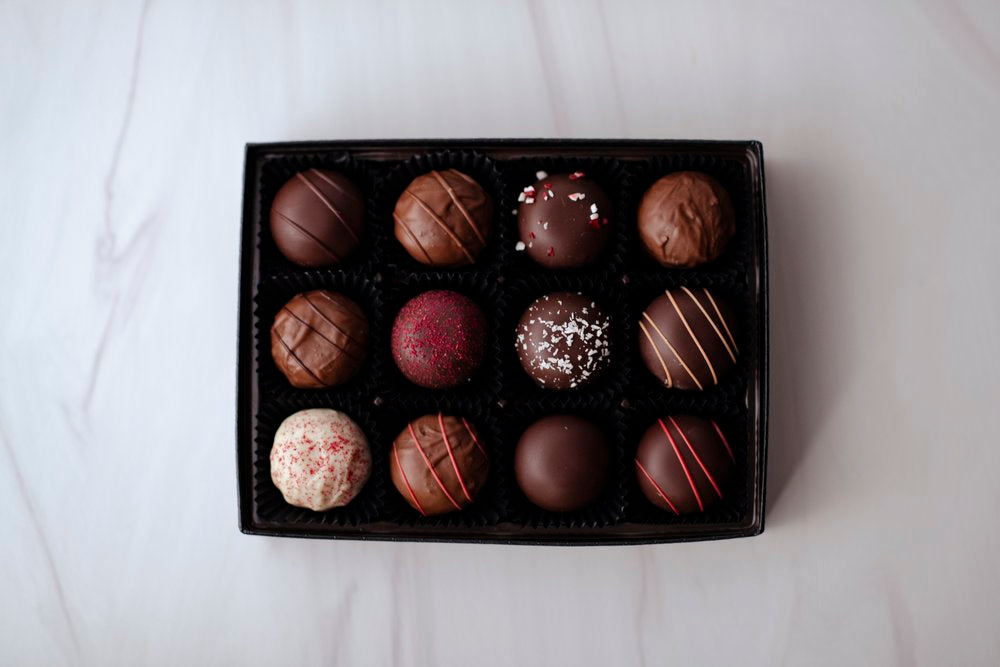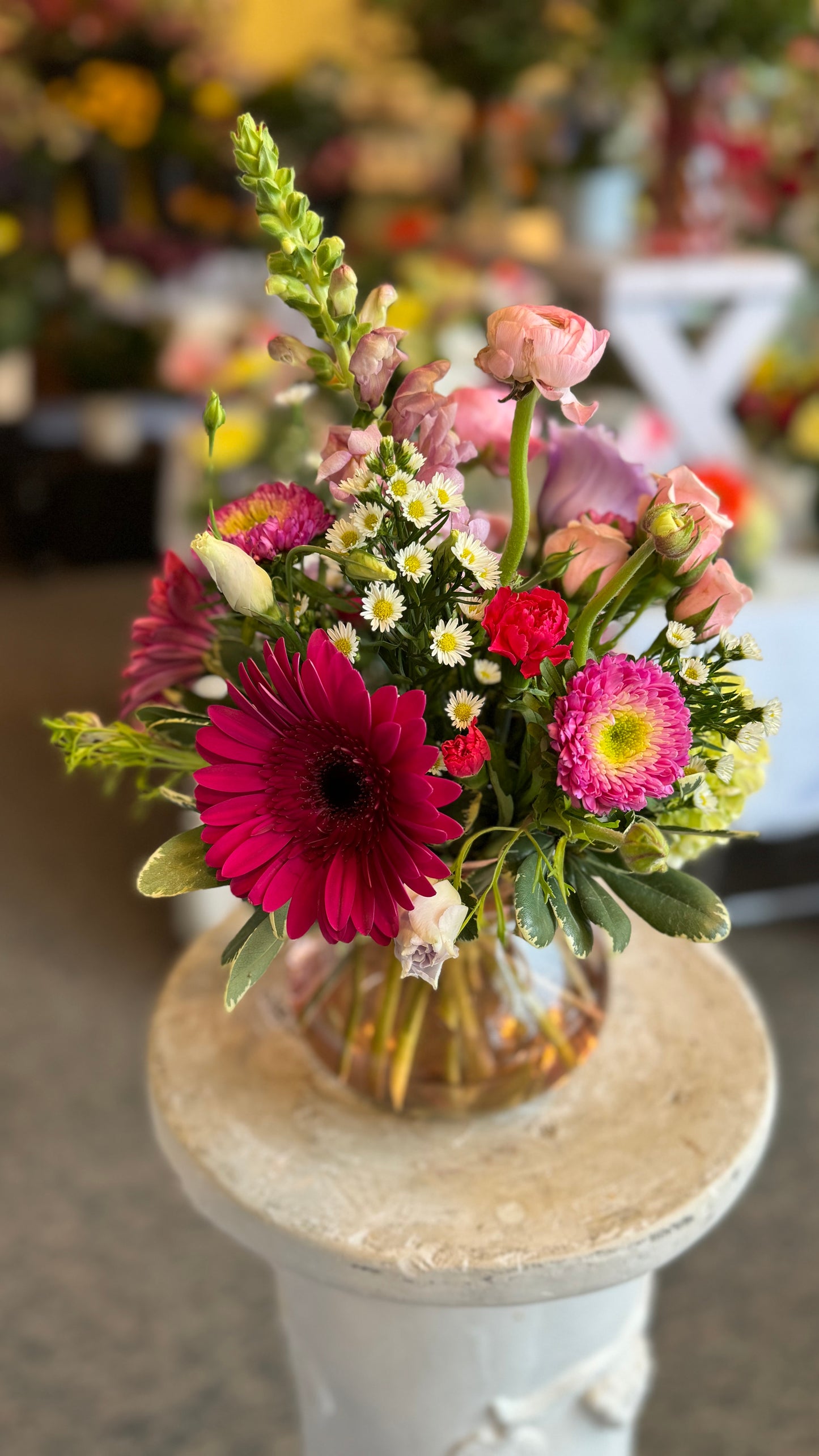
From ancient rituals to modern expressions of love and celebration, the fresh flower business has traversed through centuries, weaving its petals into the tapestry of human culture. As we embark on a journey through its history and glimpse into its future, we discover the enduring allure and evolving dynamics of this timeless industry.
**Roots in Antiquity:**
The story of fresh flowers stretches back to antiquity, where civilizations such as the Egyptians, Greeks, and Romans revered blooms for their symbolism, beauty, and aromatic qualities. Flowers adorned altars in religious ceremonies, graced lavish banquets, and symbolized love and fertility in weddings and festivals. However, it was the Persian Empire that refined the art of cultivating gardens and arranging flowers, laying the groundwork for the sophisticated floral traditions that would flourish in the centuries to come.
**Blooming Trade Routes:**
As trade routes expanded, flowers became prized commodities, with merchants transporting exotic blooms across continents. The Silk Road carried the fragrant treasures of the East, while European explorers voyaged to distant lands, bringing back botanical marvels previously unseen in the Western world. The Dutch Golden Age witnessed the rise of tulip mania, a speculative frenzy that gripped the nation and laid the foundation for the modern flower market.
**Victorian Splendor:**
The Victorian era witnessed a renaissance in floral artistry, with elaborate arrangements becoming a symbol of refinement and social status. The language of flowers, or floriography, flourished during this time, allowing individuals to convey complex sentiments through carefully chosen blooms. The popularity of ornate floral displays extended beyond the aristocracy, permeating all levels of society and establishing flowers as an essential element of everyday life.
**Industrialization and Innovation:**
The advent of industrialization brought significant changes to the fresh flower business, enabling mass production, refrigerated transportation, and global distribution. Growers adopted modern cultivation techniques, while florists embraced new technologies for preserving and arranging flowers. The rise of online retail further revolutionized the industry, offering consumers unprecedented access to a vast array of blooms from around the world.
**Sustainable Practices and Ethical Sourcing:**
In recent years, there has been a growing emphasis on sustainability and ethical sourcing within the fresh flower industry. Conscious consumers are increasingly demanding transparency regarding the environmental and social impact of flower production. As a result, many growers are adopting eco-friendly practices, such as organic farming methods and water conservation initiatives, while also prioritizing fair labor practices and community development.
**A Blooming Future:**
Looking ahead, the fresh flower business is poised for continued growth and innovation. Advancements in biotechnology may lead to the development of new flower varieties with enhanced attributes, such as longer vase life and vibrant colors. The rise of vertical farming and hydroponics offers the potential for year-round production in urban environments, reducing reliance on traditional agricultural practices.
Furthermore, the increasing popularity of floral subscription services and DIY floral arranging kits reflects a growing desire for personalized and experiential forms of floral consumption. As society becomes more interconnected, the cultural significance of flowers will continue to evolve, shaping and enriching our lives in ways both profound and beautiful.
In conclusion, the history of the fresh flower business is a testament to the enduring appeal of nature's most exquisite creations. From ancient rituals to modern expressions of love and celebration, flowers have captivated our senses and stirred our emotions throughout the ages. As we embark on this journey into the future, let us embrace the beauty and wonder of flowers, celebrating their timeless presence in our lives.
**Roots in Antiquity:**
The story of fresh flowers stretches back to antiquity, where civilizations such as the Egyptians, Greeks, and Romans revered blooms for their symbolism, beauty, and aromatic qualities. Flowers adorned altars in religious ceremonies, graced lavish banquets, and symbolized love and fertility in weddings and festivals. However, it was the Persian Empire that refined the art of cultivating gardens and arranging flowers, laying the groundwork for the sophisticated floral traditions that would flourish in the centuries to come.
**Blooming Trade Routes:**
As trade routes expanded, flowers became prized commodities, with merchants transporting exotic blooms across continents. The Silk Road carried the fragrant treasures of the East, while European explorers voyaged to distant lands, bringing back botanical marvels previously unseen in the Western world. The Dutch Golden Age witnessed the rise of tulip mania, a speculative frenzy that gripped the nation and laid the foundation for the modern flower market.
**Victorian Splendor:**
The Victorian era witnessed a renaissance in floral artistry, with elaborate arrangements becoming a symbol of refinement and social status. The language of flowers, or floriography, flourished during this time, allowing individuals to convey complex sentiments through carefully chosen blooms. The popularity of ornate floral displays extended beyond the aristocracy, permeating all levels of society and establishing flowers as an essential element of everyday life.
**Industrialization and Innovation:**
The advent of industrialization brought significant changes to the fresh flower business, enabling mass production, refrigerated transportation, and global distribution. Growers adopted modern cultivation techniques, while florists embraced new technologies for preserving and arranging flowers. The rise of online retail further revolutionized the industry, offering consumers unprecedented access to a vast array of blooms from around the world.
**Sustainable Practices and Ethical Sourcing:**
In recent years, there has been a growing emphasis on sustainability and ethical sourcing within the fresh flower industry. Conscious consumers are increasingly demanding transparency regarding the environmental and social impact of flower production. As a result, many growers are adopting eco-friendly practices, such as organic farming methods and water conservation initiatives, while also prioritizing fair labor practices and community development.
**A Blooming Future:**
Looking ahead, the fresh flower business is poised for continued growth and innovation. Advancements in biotechnology may lead to the development of new flower varieties with enhanced attributes, such as longer vase life and vibrant colors. The rise of vertical farming and hydroponics offers the potential for year-round production in urban environments, reducing reliance on traditional agricultural practices.
Furthermore, the increasing popularity of floral subscription services and DIY floral arranging kits reflects a growing desire for personalized and experiential forms of floral consumption. As society becomes more interconnected, the cultural significance of flowers will continue to evolve, shaping and enriching our lives in ways both profound and beautiful.
In conclusion, the history of the fresh flower business is a testament to the enduring appeal of nature's most exquisite creations. From ancient rituals to modern expressions of love and celebration, flowers have captivated our senses and stirred our emotions throughout the ages. As we embark on this journey into the future, let us embrace the beauty and wonder of flowers, celebrating their timeless presence in our lives.













































